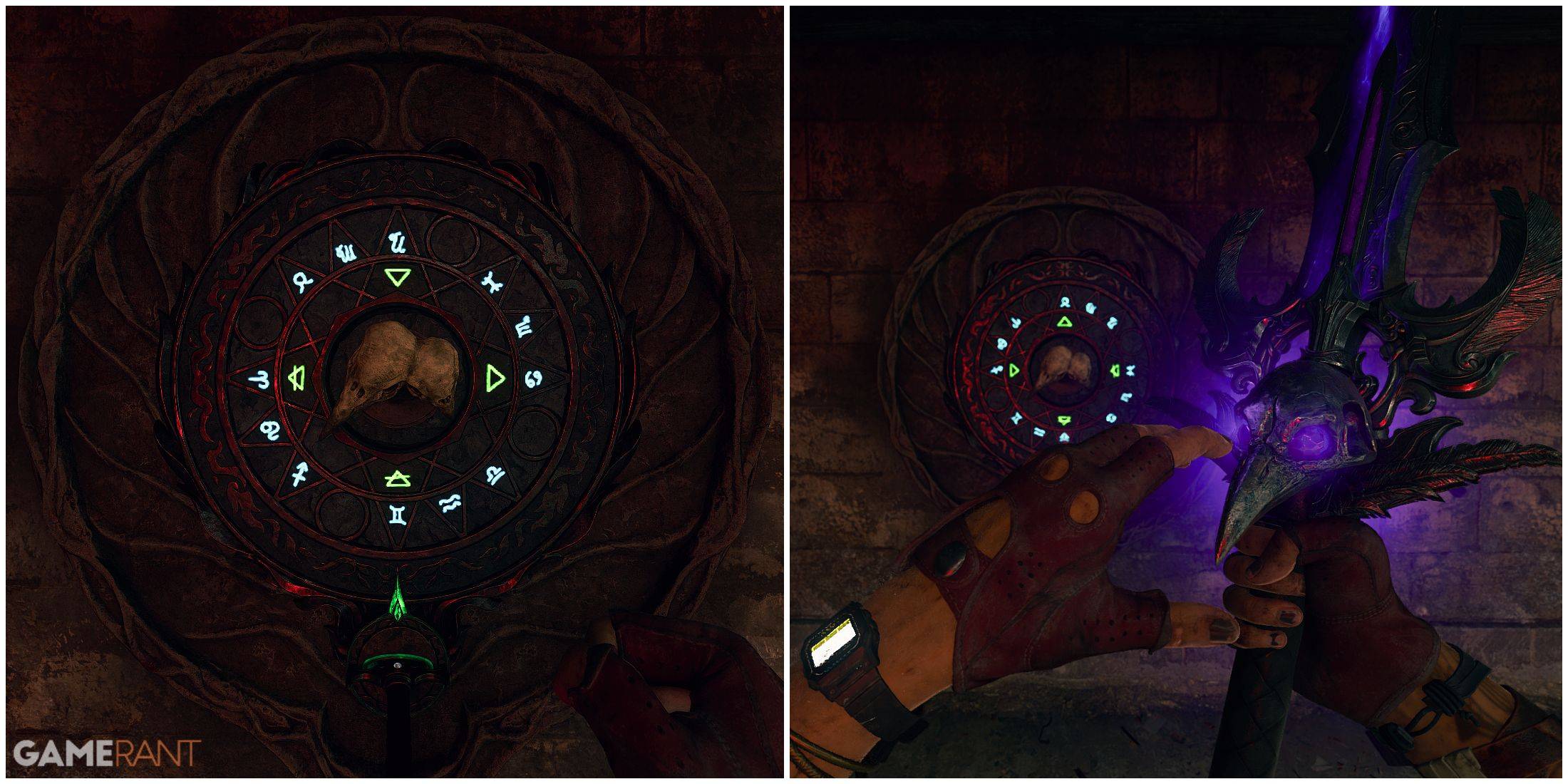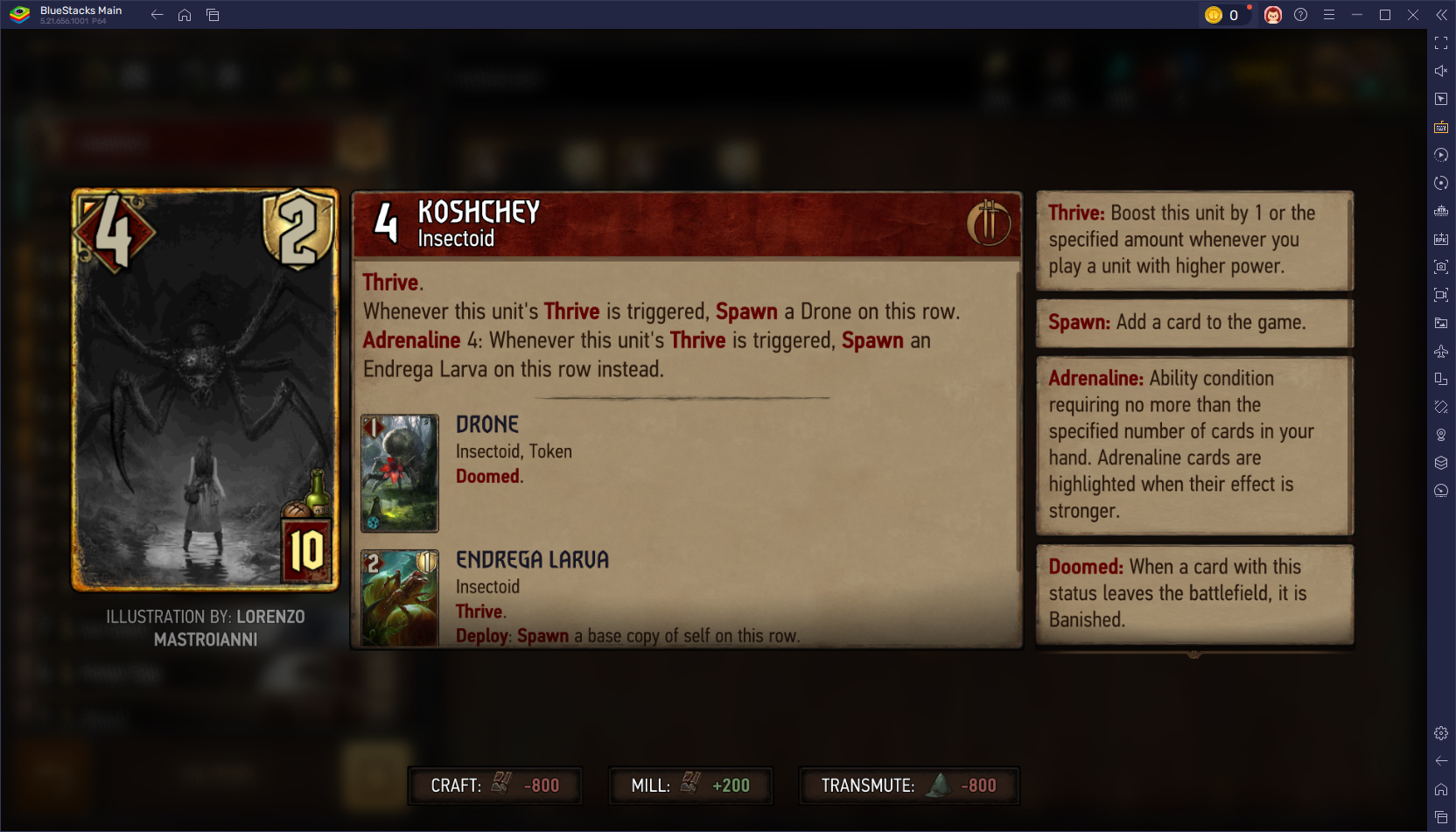Nvidia RTX 5090 Founders Edition Reviewed
- By Ellie
- May 04,2025
Every couple of years, Nvidia releases a groundbreaking graphics card that propels PC gaming into a new era. The Nvidia GeForce RTX 5090 is one such marvel, yet its approach to delivering next-generation performance is unconventional. While it may not show a dramatic leap in performance over the RTX 4090 in many games without considering DLSS Frame Generation, the introduction of the next-generation Nvidia DLSS for both upscaling and frame generation marks a significant advancement in both image quality and performance. This improvement feels even more substantial than typical generational upgrades.
The extent to which the Nvidia RTX 5090 enhances your gaming experience depends on the games you play, the resolution you use, and your comfort level with AI-generated frames. For gamers not using a 4K monitor with a 240Hz refresh rate, the upgrade might not be justifiable. However, if you're equipped with a high-end display, the AI-generated frames can provide a glimpse into the future of gaming.
Nvidia GeForce RTX 5090 – Photos
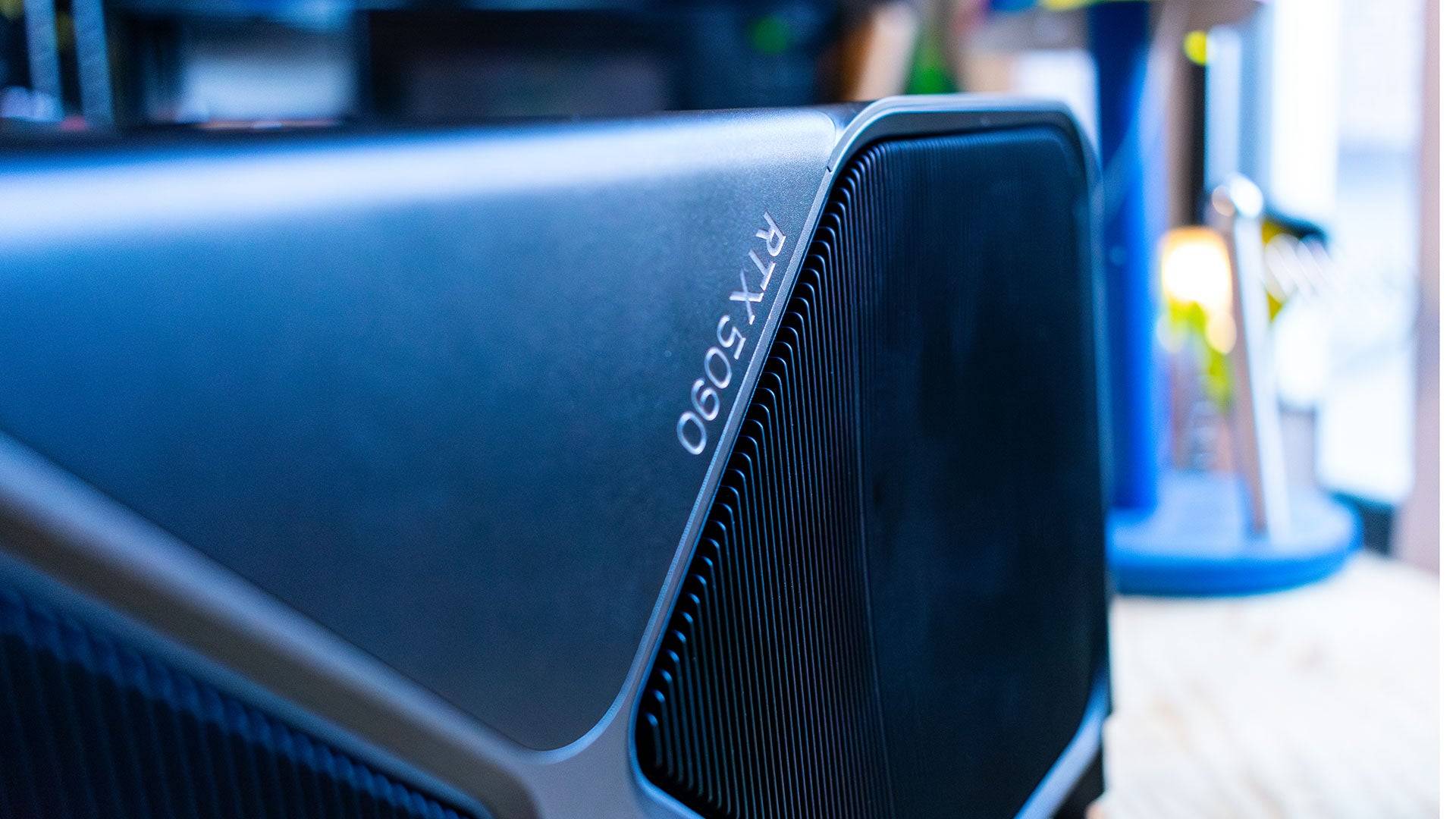
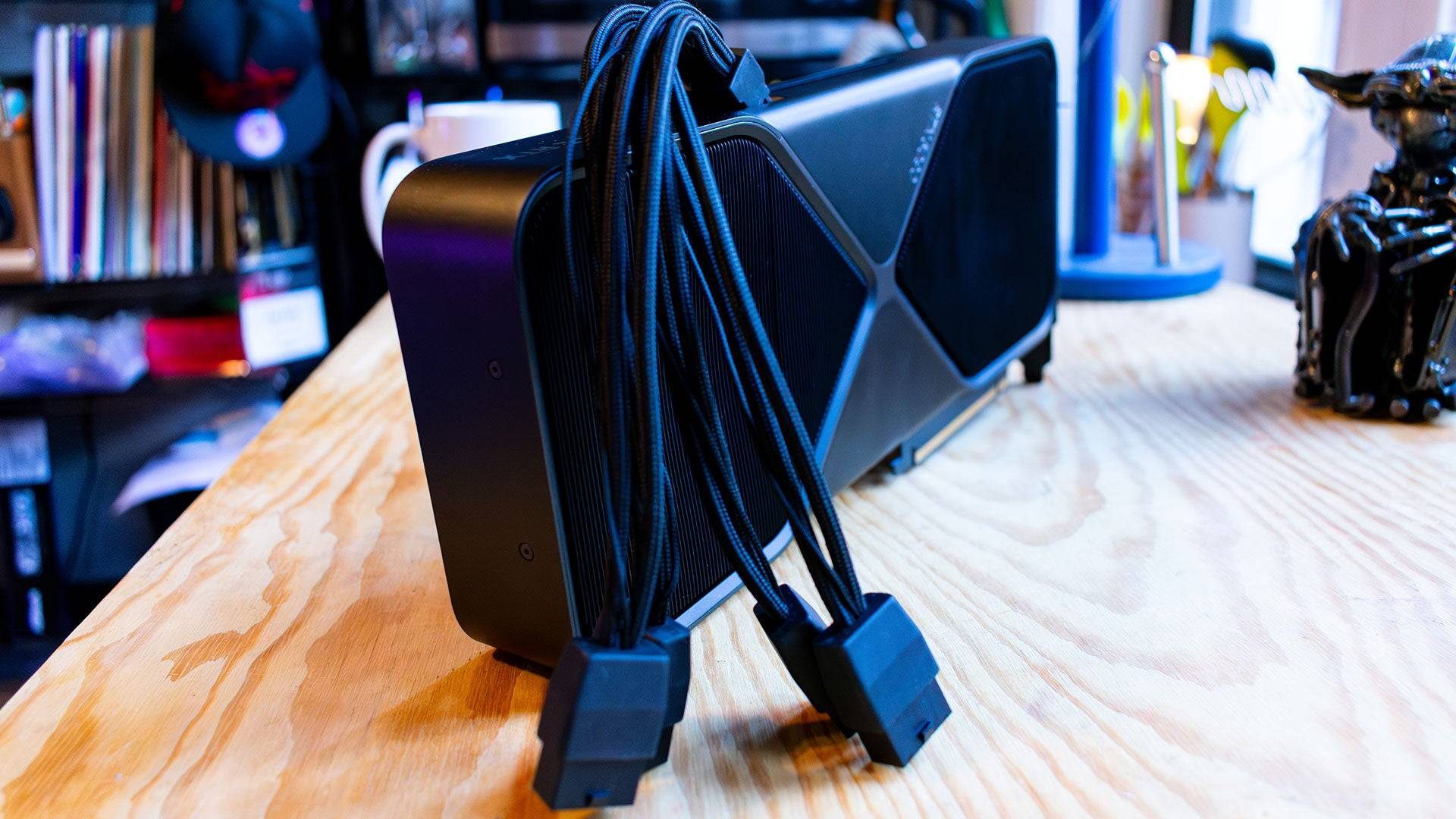 5 Images
5 Images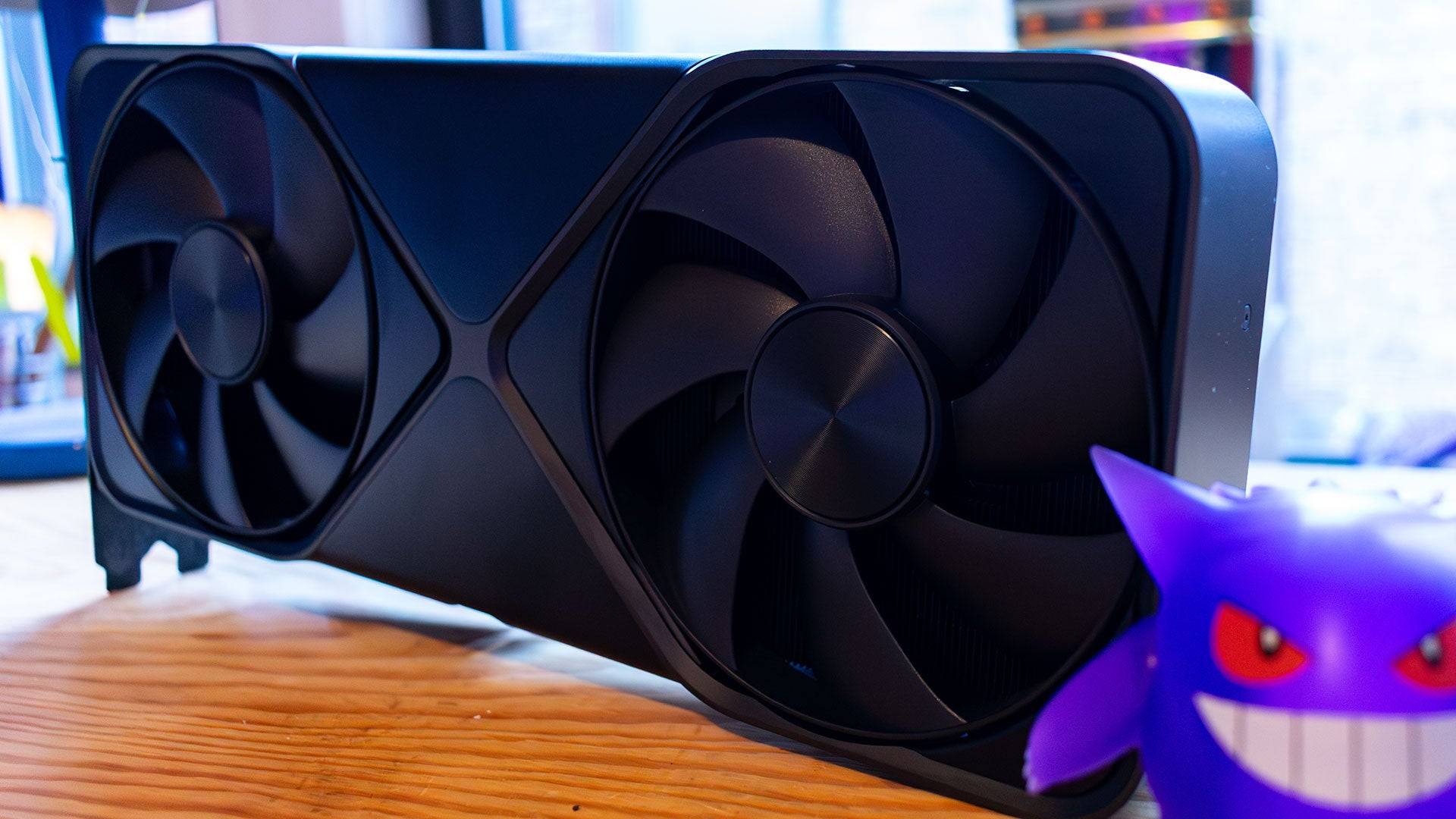
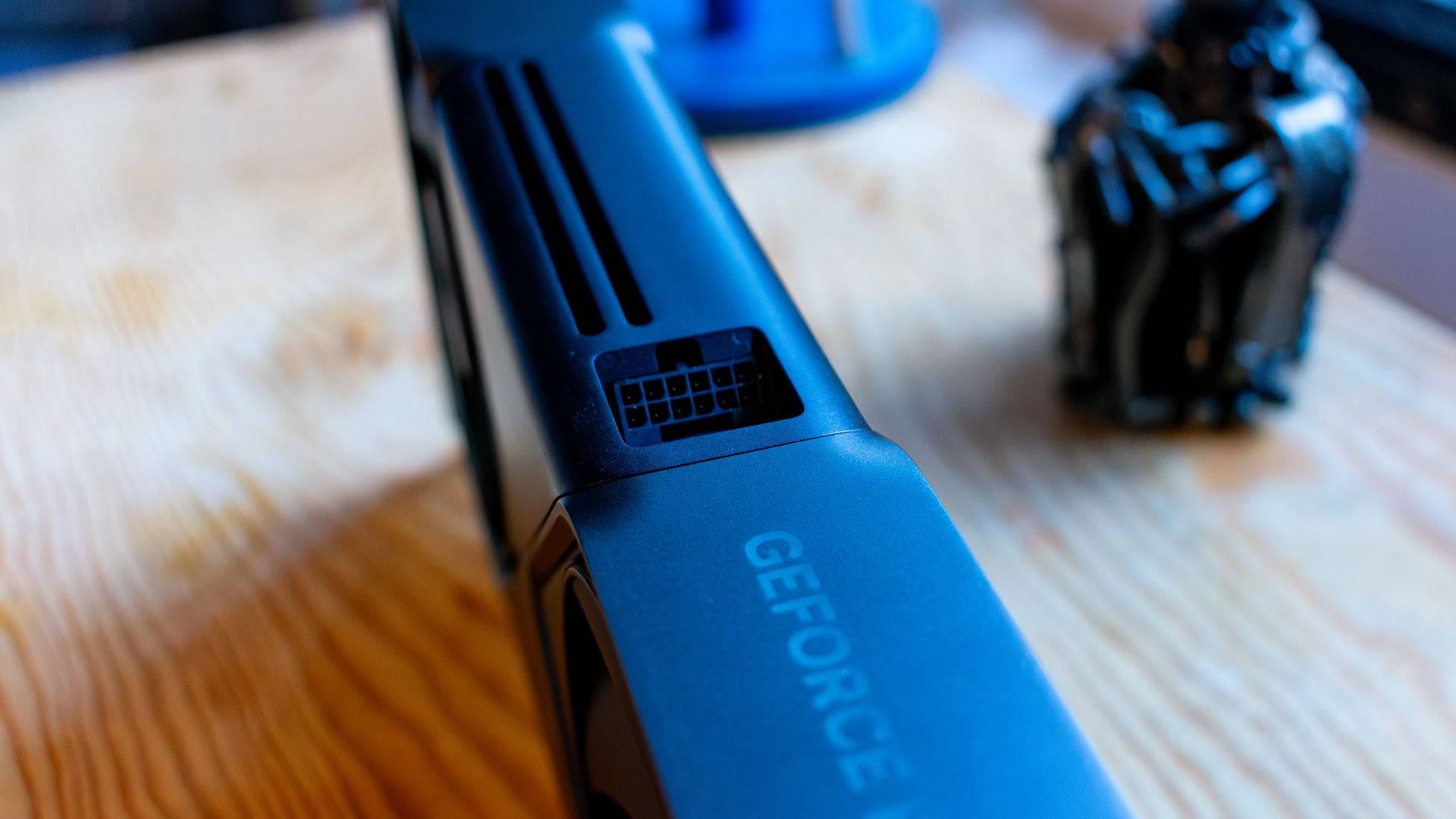
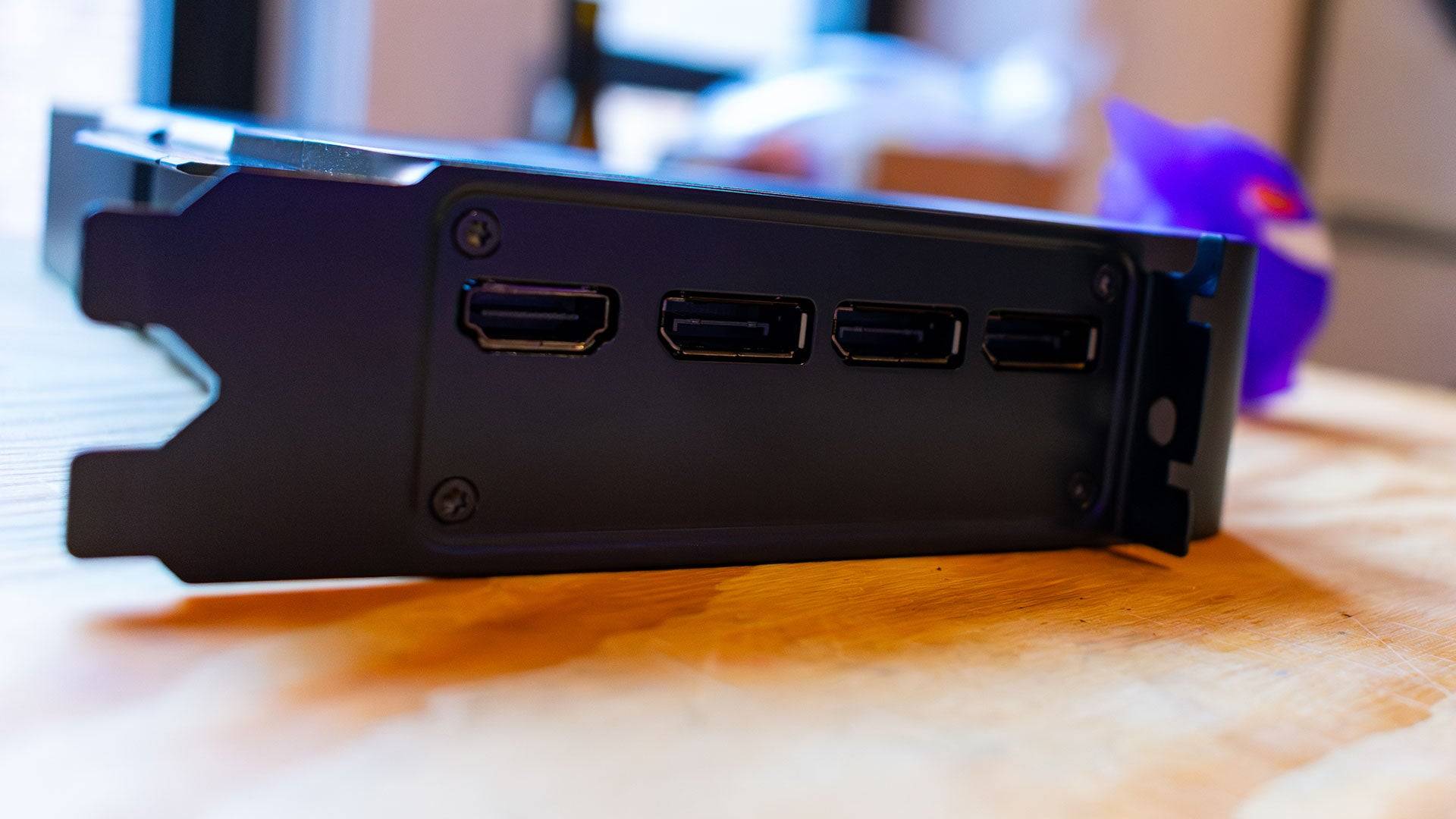 RTX 5090 – Specs and Features
RTX 5090 – Specs and Features
The Nvidia GeForce RTX 5090 is powered by Nvidia's Blackwell architecture, which is also driving data centers and supercomputers behind popular AI models. This hints at the card's prowess in AI, but it's not just about AI—Nvidia has also enhanced the traditional aspects of the graphics card.
With the RTX 5090, Nvidia has managed to integrate more Streaming Multiprocessors (SMs) into the same Graphics Processing Clusters (GPCs), resulting in 21,760 CUDA cores—a 32% increase over the RTX 4090's 16,384 cores. This boost significantly contributes to raw gaming performance. Each SM is equipped with four Tensor Cores and one RT Core, increasing the total to 680 Tensor Cores and 170 RT Cores, compared to 512 and 128 in the RTX 4090. The 5th-generation Tensor Cores enhance AI performance by supporting FP4 operations, reducing the dependency on VRAM.
The RTX 5090 is paired with 32GB of GDDR7 VRAM, a step up from the RTX 4090's GDDR6X, offering improved speed and efficiency. However, the card's power requirement is a substantial 575W, a significant jump from the RTX 4090's already high 450W, indicating that power efficiency isn't the primary focus here.
Nvidia has revamped the DLSS algorithm to operate on a Transformer Neural Network (TNN), enhancing image quality and reducing artifacts like ghosting. Additionally, the introduction of Multi-Frame Generation refines the Frame Generation technology, allowing the creation of multiple frames from each rendered image, which can dramatically increase frame rates, although it's most effective with a decent baseline performance.
Purchasing Guide
The Nvidia GeForce RTX 5090 will be available starting January 30, with the Founders Edition priced at $1,999. Be aware that third-party versions could be considerably more expensive.
The Founders Edition
Requiring 575W of power, the RTX 5090 is a demanding card that necessitates robust cooling solutions. Surprisingly, despite its power consumption, the RTX 5090 fits into a dual-slot chassis with a dual-fan setup. During testing, the card's temperature peaked at 86°C, higher than the RTX 4090's 80°C but still within safe limits to avoid throttling.
Nvidia achieved this by redesigning the PCB and fan configuration, allowing for efficient airflow. The RTX 5090 maintains the aesthetic continuity with previous generations, featuring a silver 'X' design and a gunmetal-gray chassis with black heatsinks. It also includes a 'GeForce RTX' logo with white LEDs and a new 12V-2x6 power connector, designed to be more efficient and secure than its predecessor.
This design makes the RTX 5090 more compatible with smaller PC builds compared to the larger RTX 4090 and RTX 3090. However, third-party models from manufacturers like Asus and MSI might be larger.
DLSS 4: Fake Frames?
Nvidia claims the RTX 5090 can boost performance by up to 8x, though the actual increase is less dramatic. The real innovation lies in its ability to generate extra frames, thanks to DLSS 4 and Multi-Frame Generation. This technology, powered by the new AI Management Processor (AMP) and 5th-generation Tensor Cores, can create up to three AI frames from each rendered frame, significantly increasing frame rates.
The AMP's Flip Metering algorithm helps manage frame pacing to reduce input lag, ensuring smooth gameplay. However, this technology is most beneficial when used in conjunction with DLSS upscaling and with a baseline performance of at least 60 fps.
Upon the RTX 5090's release, DLSS 4 will be compatible with many games supporting DLSS 3 Frame Generation. In testing, games like Cyberpunk 2077 and Star Wars Outlaws showed impressive results, with the RTX 5090 reaching high frame rates at 4K resolution. While some may dismiss these as 'Fake Frames,' they offer a tangible benefit for gamers with high-refresh, high-resolution displays.
RTX 5090 – Performance
The Nvidia GeForce RTX 5090 is a powerhouse, yet its performance in real-world gaming scenarios can be limited by CPU bottlenecks, even when paired with top-tier processors like the Ryzen 7 9800X3D. In benchmarks like 3DMark, the RTX 5090 showed a 42% performance increase over the RTX 4090. However, in games like Call of Duty Black Ops 6 and Cyberpunk 2077, the performance uplift was only around 10%, indicating that current games may not fully leverage the card's capabilities.
In Metro Exodus: Enhanced Edition and Total War: Warhammer 3, the RTX 5090 demonstrated more significant improvements, though still not as dramatic as the leap from the RTX 3090 to the RTX 4090. Games like Red Dead Redemption 2 and Forza Horizon 5 showed minimal performance gains, highlighting the impact of CPU bottlenecks at high resolutions.
Nvidia GeForce RTX 5090 – Benchmarks
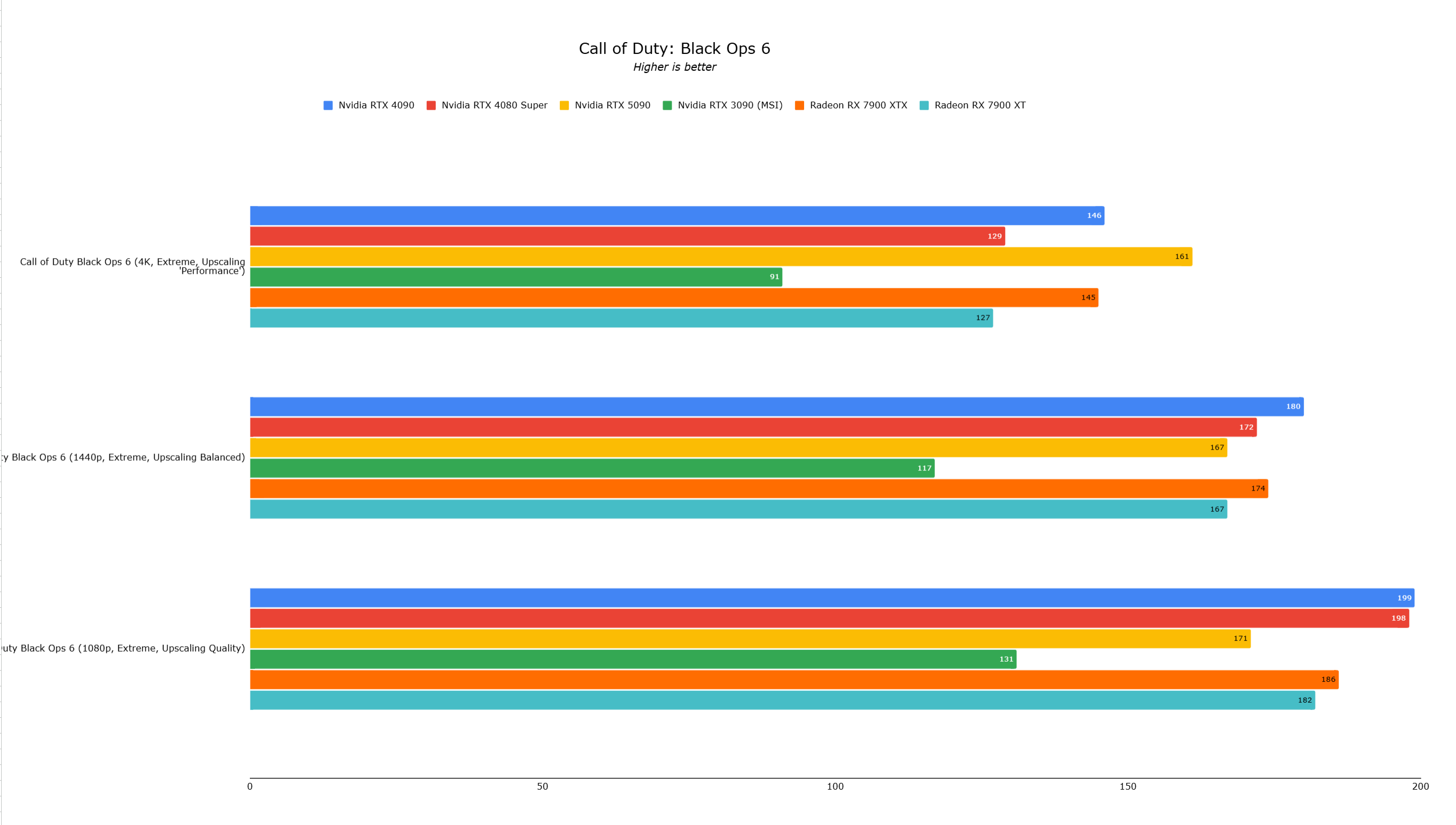
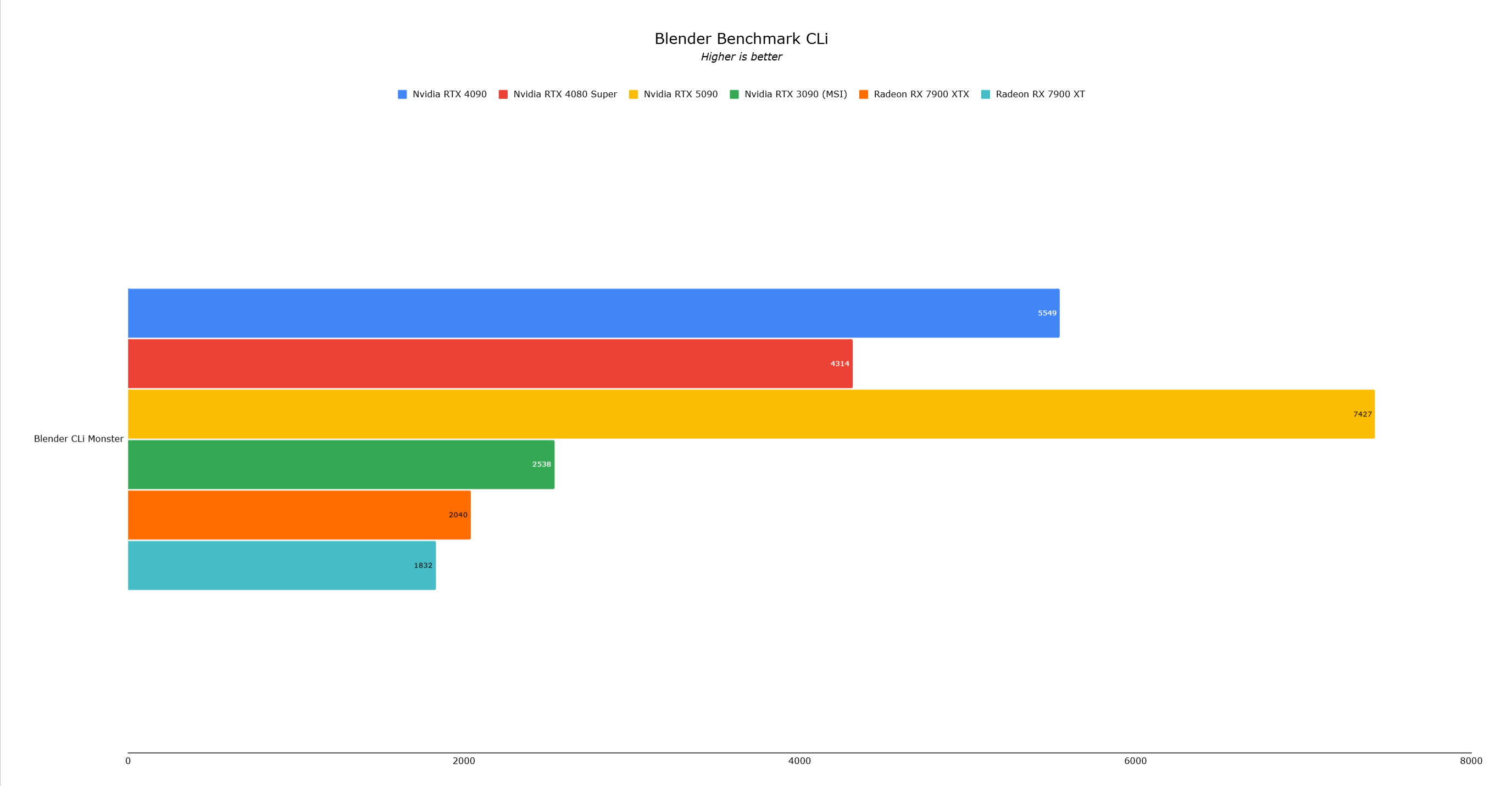 14 Images
14 Images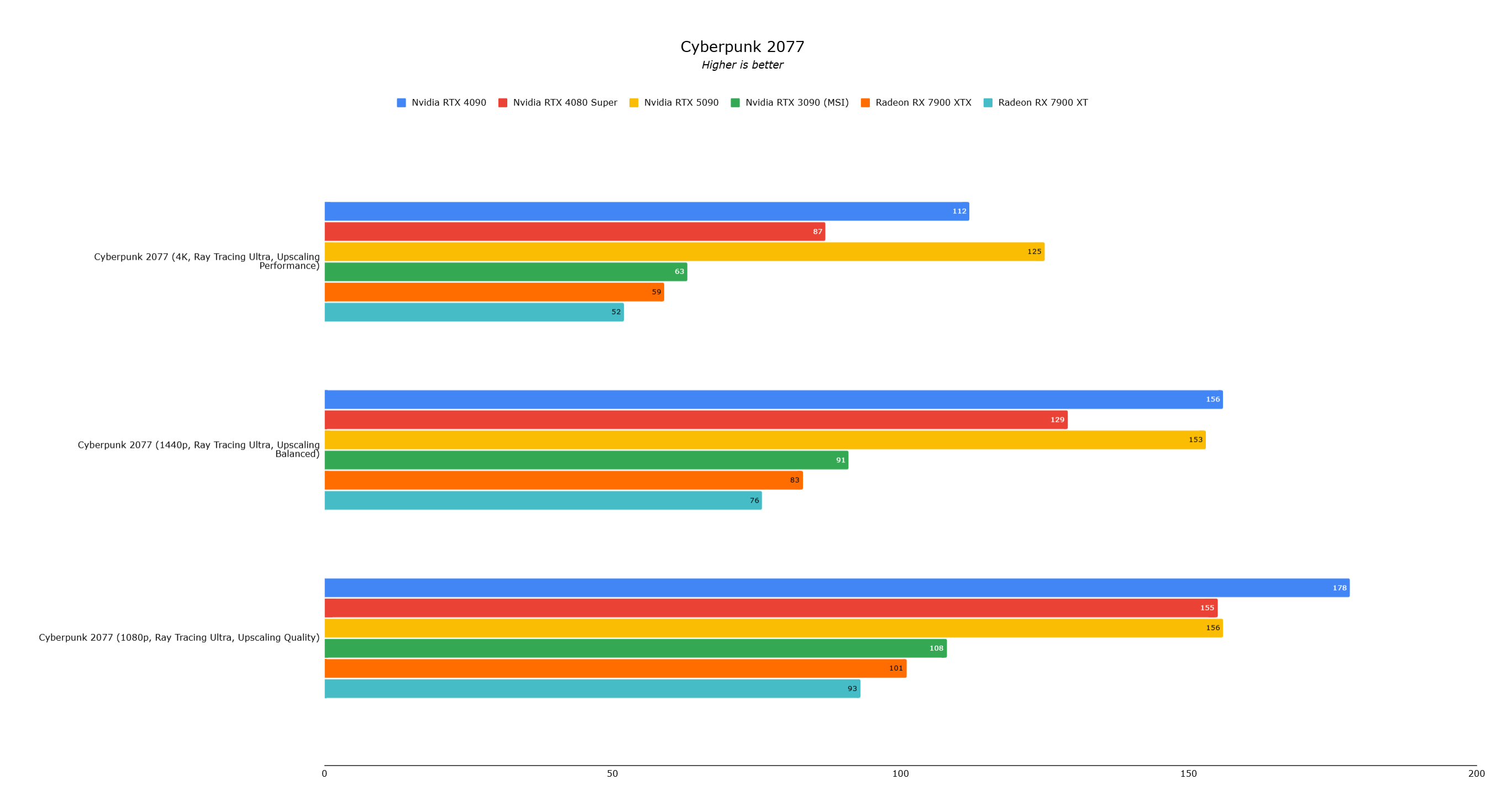
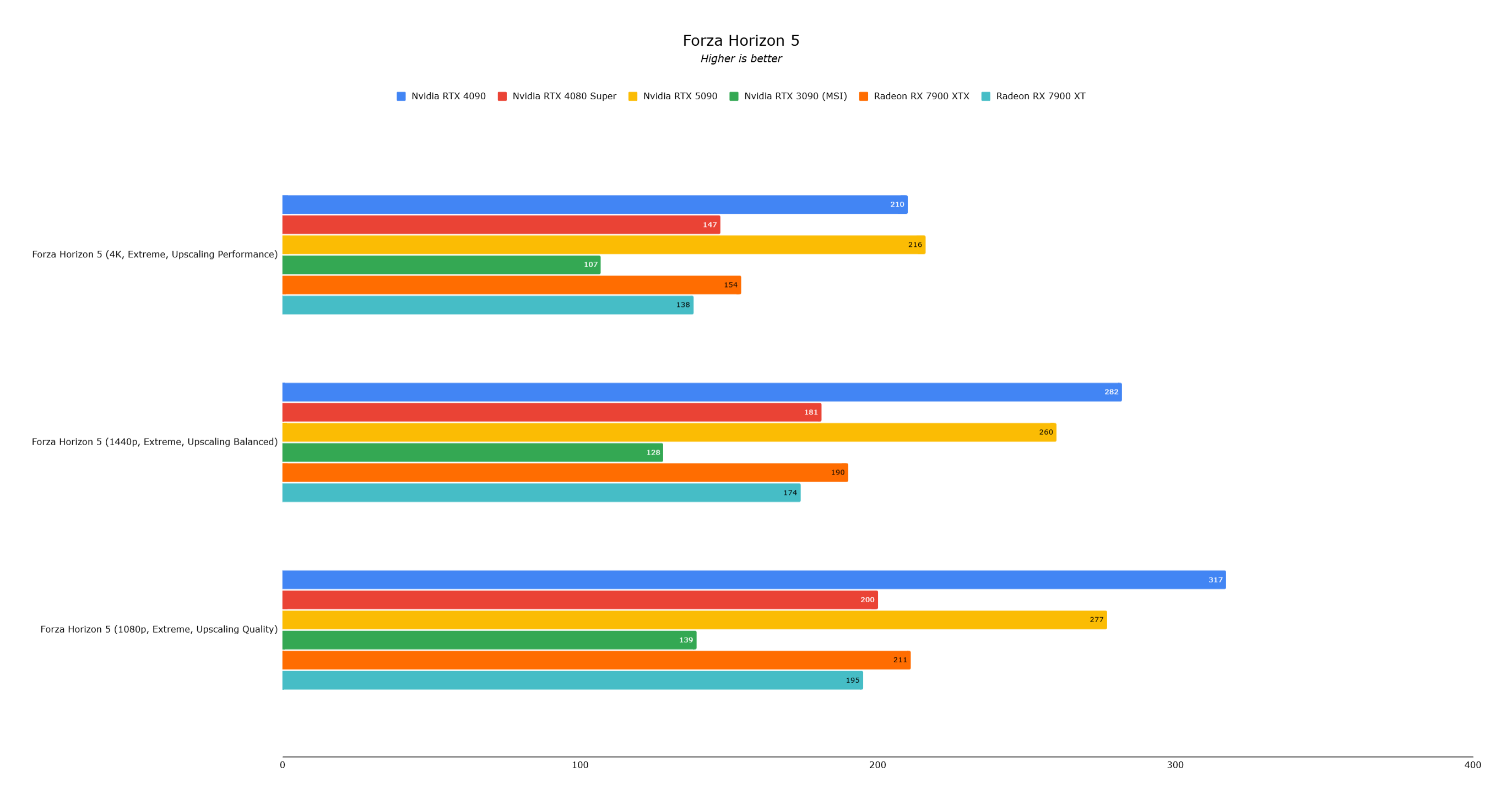
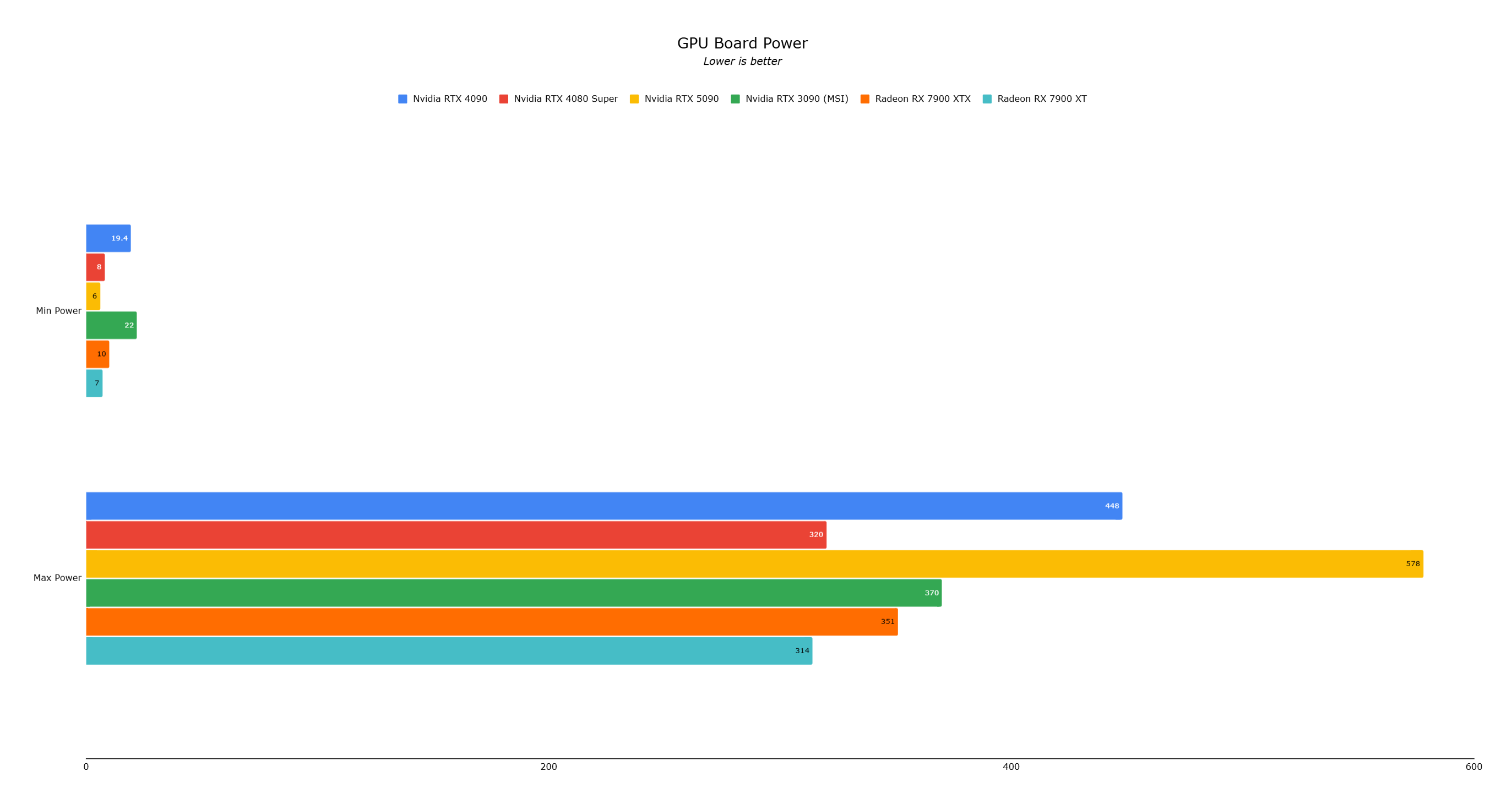
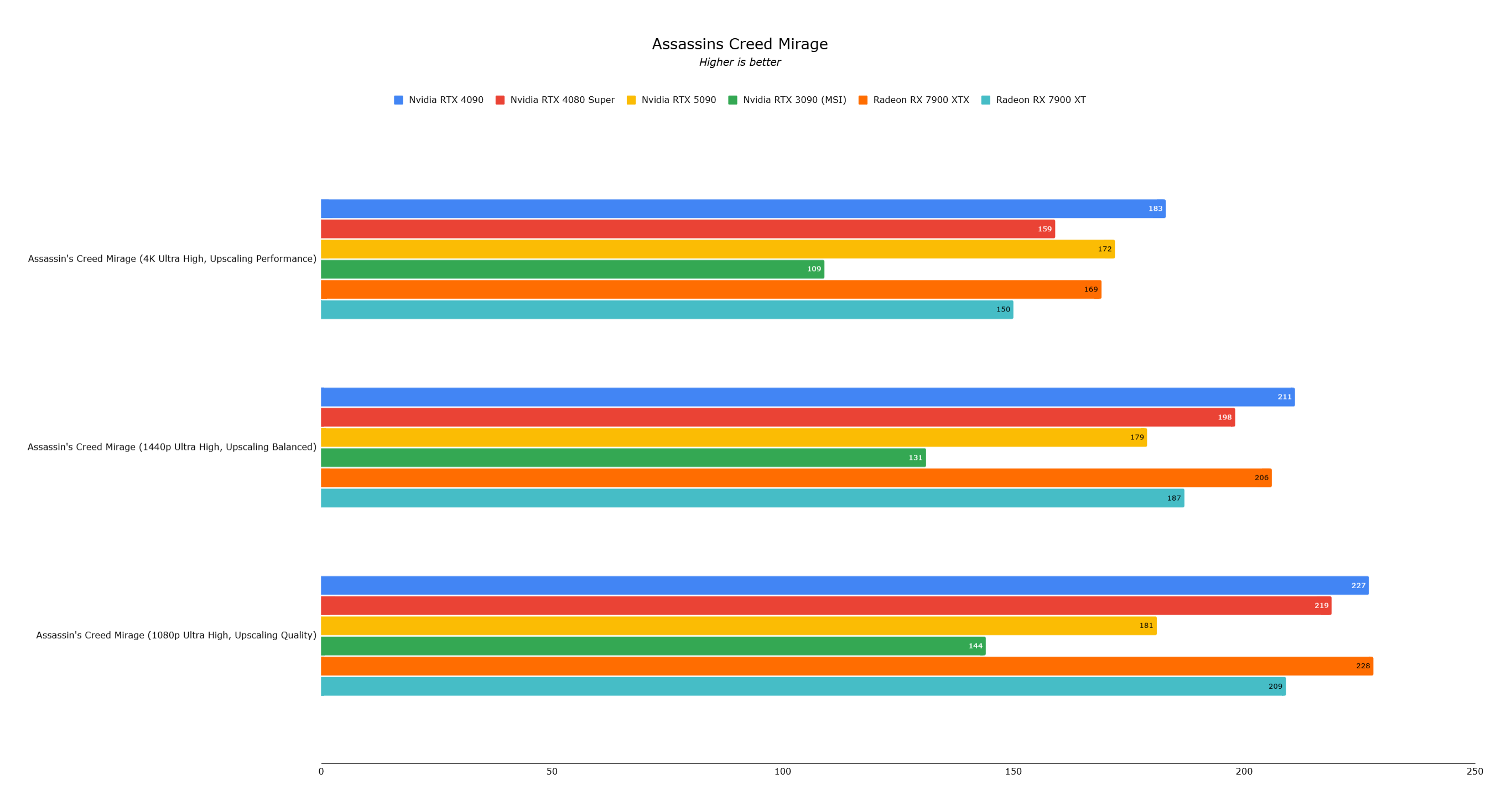
While the RTX 5090 may not deliver a next-generation performance leap in all current games, it remains the fastest consumer graphics card available. Its true value lies in its potential for future games and the advancements in AI-powered gaming through DLSS 4. For gamers with an RTX 4090, upgrading might not be necessary, but for those on the cutting edge willing to invest in AI's future in gaming, the RTX 5090 is a compelling choice.
Latest News
more >-

-
-

-

- Jan 2025: New Summoners War Codes Released
- Dec 20,2025
-

